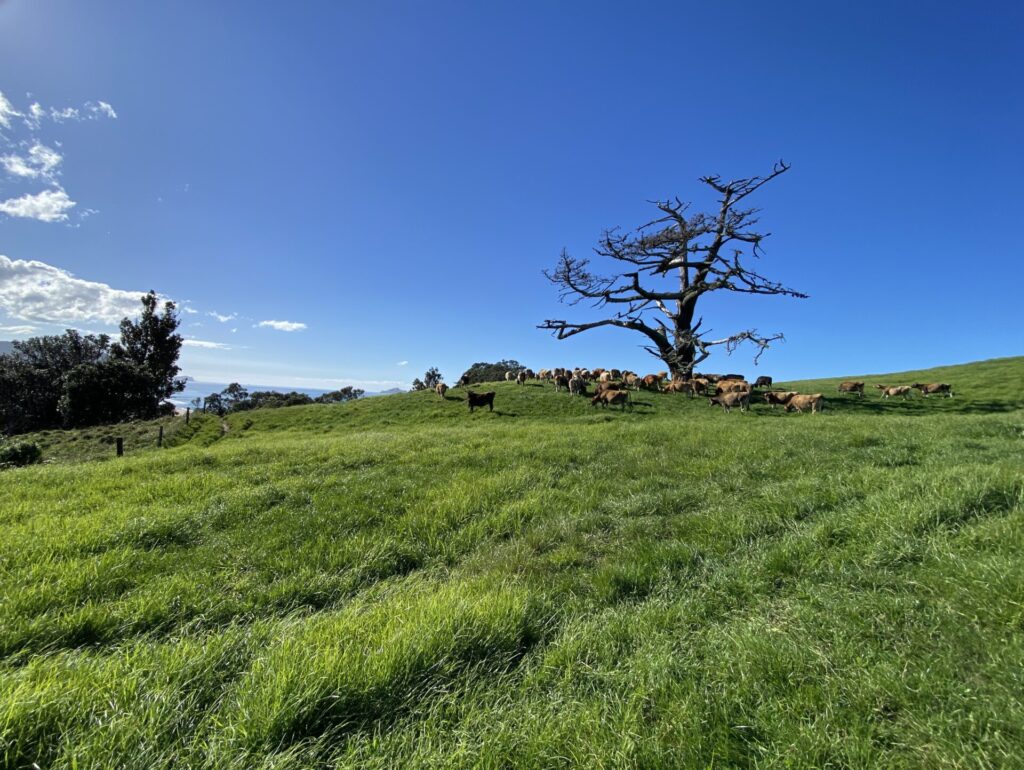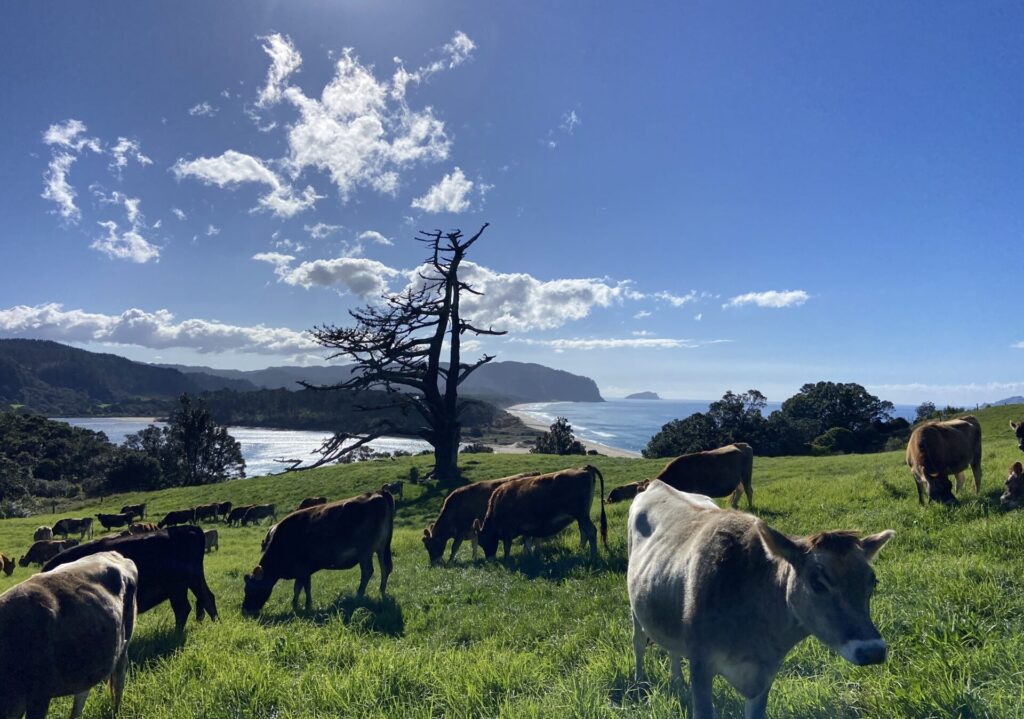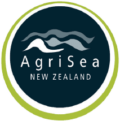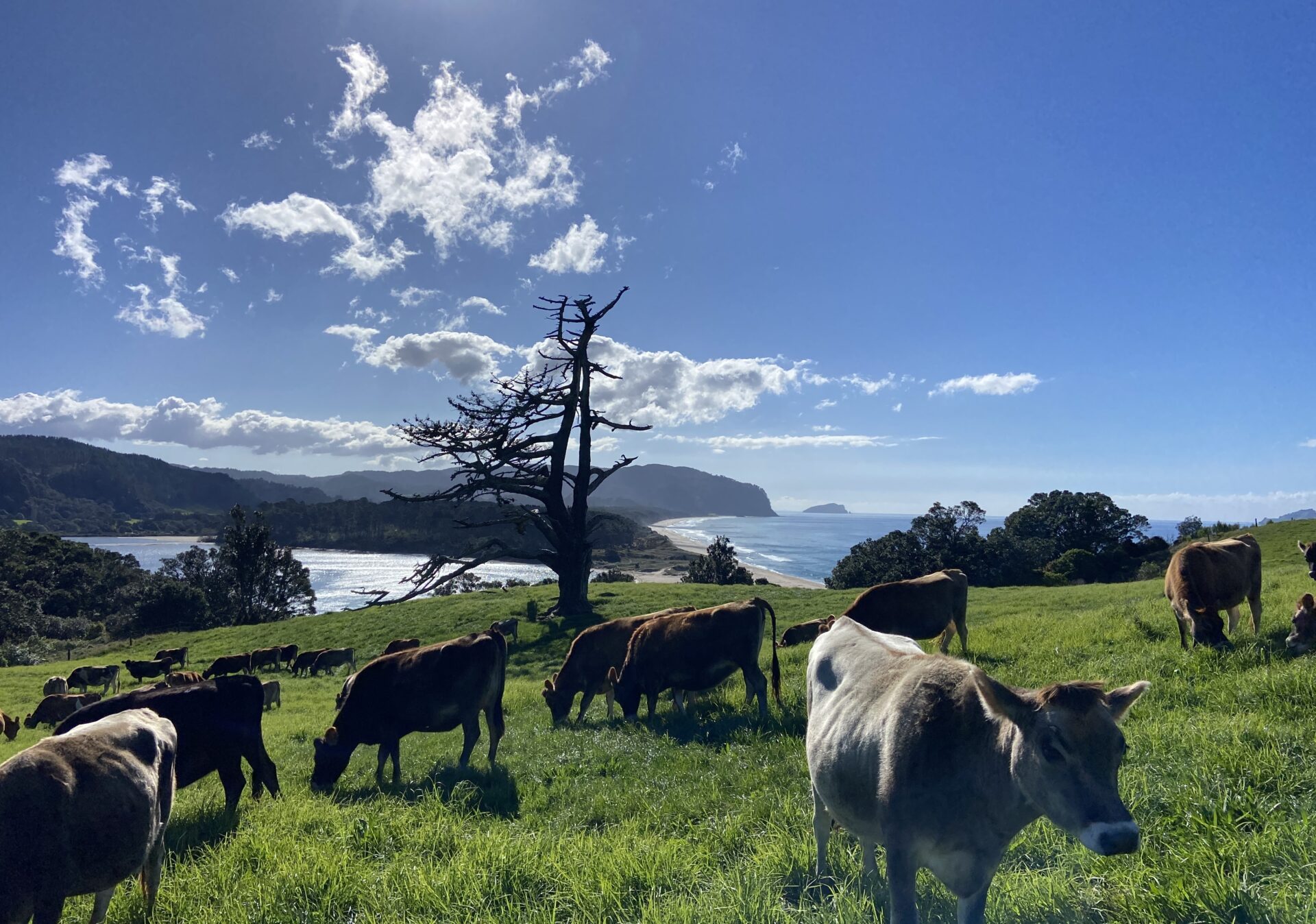Most farmers add cows to increase production. Chris Parry did the opposite, and it worked. He cut cow numbers from 285 to 228 and still lifted production from 71,000 to over 100,000 kilograms of milksolids. It wasn’t about chasing more inputs or pushing the farm harder. For Chris, the real shift began when he started paying attention to what was happening beneath the surface — in the soil.
The changes happened over five years. Chris says they didn’t follow a grand plan, but the results have been clear.
“Under our old setup, we were sitting around 71,000 kgMS. Then, in the 2019/20 drought, despite having fewer cows, we still reached 89,000 kgMS. And production just kept going up from there,” he says.
“I remember asking my contract milker at the time, When do we stop dropping numbers? Because the results are still going the right way.”
Under the old system, the farm ran around 280 cows, producing an average of 71,000 kgMS over three years (about 254 kgMS per cow). Now, with just 228 cows, production jumped to 103,000 kgMS last season, representing a significant increase in output per cow.
For a farm Chris had recently felt was going stale, it was a real turning point.
“We weren’t really moving forward. And when I looked at the soil, it just didn’t look right — clumpy, patchy, tired. You can tell when something’s not working.”
He’d had good results using AgriSea products in his home garden, so the idea of trying them on-farm had been in the back of his mind. He brought it up with the contract milker, who wasn’t so sure.
By chance, a Country Calendar episode aired that weekend featuring a farmer who had switched to organic and biological soil treatments. That was enough to tip the scales. They stopped using synthetic fertilisers and started using AgriSea Soil Nutrition across the whole farm.
Chris says working with AgriSea Field Consultant Mark Powick helped set expectations early.
“Mark told me straight up it wasn’t going to be a silver bullet,” he says.
“He explained how it worked: getting vitality back into the soil and the pasture biome, and what we might see over time. Lower fertiliser bills, fewer vet costs, maybe less need for nitrogen.
“But he said to give it four to five seasons before expecting big shifts. And he was right.”
Looking back, the difference is clear. The gains were solid when comparing the 2022 soil test to the 2019 baseline. Olsen P lifted 34% (from 28.7mg/l to 38.3), Mehlich 3 phosphorus was up 27% (39.3mg/l to 50.0), and magnesium increased 32% (1.9cmol+/kg to 2.5).
Even the trace elements improved, which Chris reckons greatly affects pasture growth and stock health.
And it shows in the paddock.
“The soil’s got bounce and life to it. You dig down and find worms everywhere, that never used to happen.”
Since then, several other changes have come into play. The farm moved from mostly once-a-day milking to twice-a-day milking for most of the season. A 10-hectare lease block was let go. They’ve added in-shed feeding, undersown the farm with a diverse pasture mix (including AgriSea-supported seed), and started using AgriSea Animal Nutrition through the water system.
“There are a few moving parts, so it’s hard to say exactly what’s doing what,” Chris says.
“But we’re up massively on production, with fewer cows, and the 6-week in-calf rate is now around 82% as well.”
The whole farm just feels more balanced, he says — and it’s working better for everyone involved.
Chris doesn’t claim to have all the answers.
“I’m not your classic farmer,” he says.
“I got into this accidentally. But if something’s not working, you’ve got to try something different. For us, that meant looking at the soil first. From there, everything else started to shift.”
| SOIL TEST RESULTS | 2019 | 2022 | % increase |
| ANIONS | |||
| Olsen Phosphorus (mg/l) | 28.7 | 38.3 | 34% |
| Mehlich 3 Phosphorus (mg/l) | 39.3 | 50.0 | 27% |
| Sulphate Sulphur (mg/l) | 31.7 | 35.0 | 11% |
| CATIONS (cmol+/kg) | |||
| Magnesium | 1.9 | 2.5 | 32% |
| Potassium | 0.6 | 0.7 | 22% |
| TRACE ELEMENTS (mg/l) | |||
| Mehlich3 Cobalt | 0.1 | 0.3 | 125% |
| Mehlich 3 Copper | 4.5 | 5.3 | 18% |
| Mehlich 3 Iron | 169.3 | 183.3 | 8% |
| Mehlich 3 Manganese | 19.7 | 31.3 | 59% |
| Mehlich 3 Zinc | 10.6 | 14.3 | 35% |
Curious what healthier soil could do on your farm?
Learn more about AgriSea’s Soil Nutrition and how other farmers are building resilience from the ground up at agrisea.co.nz/soil-nutrition

From soil to shed, practical changes and a biological approach have helped Chris lift farm performance and reduce inputs over five years.

By focusing on soil health and nutrition, Chris Parry has lifted milksolid production per cow by nearly 80% while running fewer cows overall.

